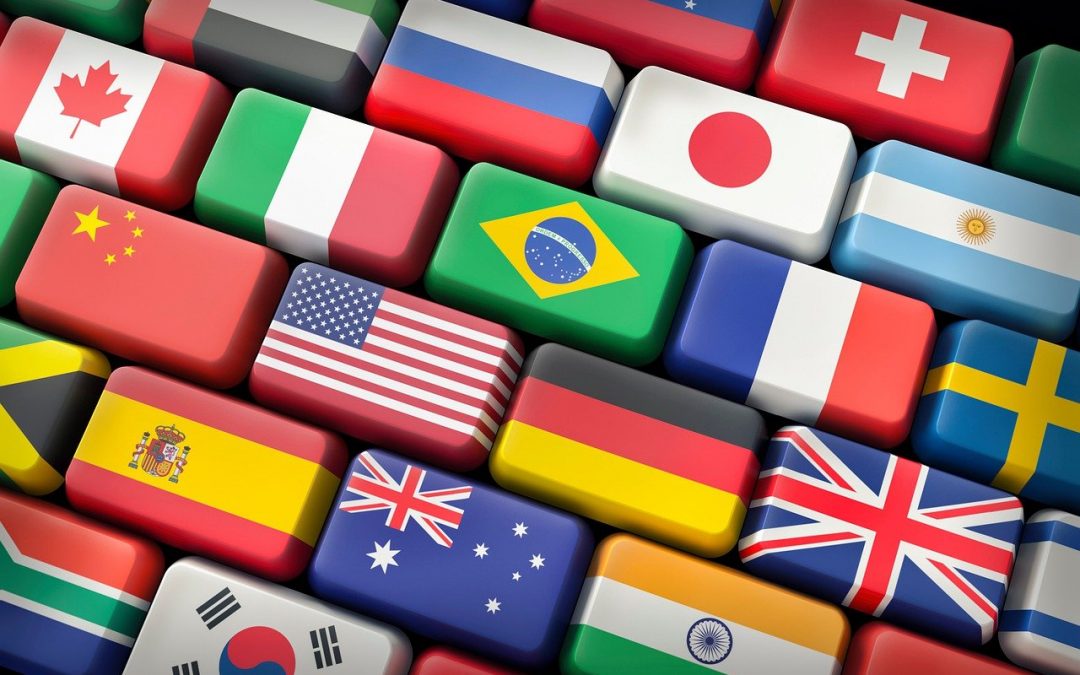Bilingual employees, overseas teams, or even friends and family, are often called upon to perform translation tasks for budget-conscious businesses but DIY translations can have a negative impact on your brand, your business and potential sales.
If this situation sounds familiar to you and you find yourself in need of help, don’t panic – the translation tips below will help you reorganise and prioritise the content for your translation project.
And, if you need more help with producing the right multilingual content for your business, simply call one of the team here at Creative Word and we’ll get you back on track.
1. Understand your audience
This tip is first with good reason – it is probably the most important element of any translation project.
Whether you are translating content for a website or producing marketing material for a new product, if you don’t understand your audience, you won’t be able to appeal to, or engage with them, in the best way.
Understanding your target audience requires the following:
• Know the language – native-speaking translators are best for this as they understand the nuances of the language and make the right lexical choices for your purpose and audience
• Understand the culture – this isn’t the same as knowing the language! Culture varies with language but it can also be different, even when the language is the same. The Arabic language is a great example of this; there are 25 countries or territories which list Arabic as their official language and there are many others which consider it a dominant language. However, each of these countries have differing cultures, lifestyles and values, so what works for one Arabic country may not be correct for another.
Research your target audience, their culture, their values and their backgrounds so that you can tailor content to their specific requirements without the risk of causing offence or misunderstandings, and so that the right regional dialect is used within your translation.
2. Translation or localisation?
I know the title of this article states ‘5 translation tips’, but localisation will really help to ensure your message is delivered to your target audience in the right way.
Localisation takes into account the specific audience requirements in terms of language, culture and expectation.
Localisation adapts not only language but also considers ‘localised’ elements such as:
• Currency
• Images and graphics
• People and places
• Colour
• Design preferences
• Dialect
• Weights and measures
• Formatting elements including times, dates, addresses
• Text direction
• Text expansion or contraction
• SEO
• Search engines
• Payment methods
Localisation offers the ability to adapt content so that it appears to have been created with your audience in mind.
It is tailored to ensure that locals will be unable to tell the difference between a UK-based company’s multilingual website and a domestic market website.
For instance, if your business is expanding into the Arabic market within the UAE, localisation will ensure your website and socials are relevant, engaging and linguistically accurate for the market.

3. Define your translation strategy
If you don’t plan to use a translation agency at any time within your translation project then it is wise to create a solid translation strategy for your project so you know what you want, how to achieve it and when it should be complete.
The following points are useful to consider:
• Purpose – what is the purpose of your translation? What is your message and is your audience? What must your translation fulfil in terms of business progress and objectives? What language(s) do you require?
• Resources – create or collect all resources before starting the translation so that you have everything you need without causing delays. Consider elements such as, product lines, images, designs, branding, intended message, research relating to your audience, style guides, and so on. The more information and quality resources you have, the easier your translation project will become.
• Timeline – set a realistic timeline for your translation project which includes key stages and dates.
• Competition – check out your competition in the area or country and see what works for them. Consider; what socials they use, their brand voice, keywords and so on.
• Assistance – if you think you’ll need help with your translation project, choosing a translation agency in advance can save time later. Consider working with a translation agency who knows your industry, offers native-speaking linguists, and has experience with the culture.
• Edit and proofread – if you are performing the translation yourself (or your multilingual team) it is advisable to use a translator to check the project once it is complete. This should include editing and proofreading for linguistic or cultural errors.
Work with us?
Finally, if you require advice or assistance with your translation project, then we are the agency to ask.
With over twenty years’ experience in the industry, we are well-placed to ensure your translation project is linguistically accurate, culturally well-informed and affordable.
You can find out more about the language services we offer here, alternatively, simply contact a member of the Creative Word team here to find out how we can support you with your current translation project.


Recent Comments